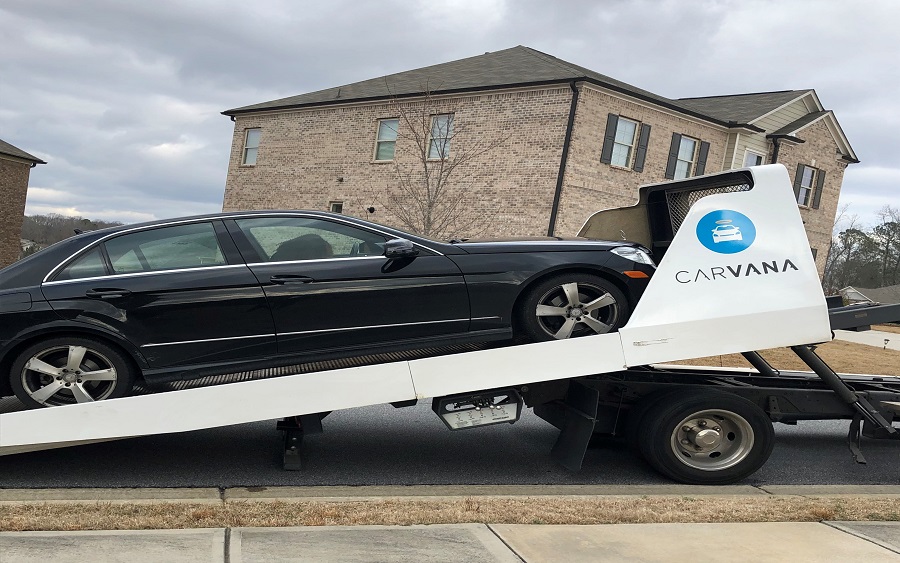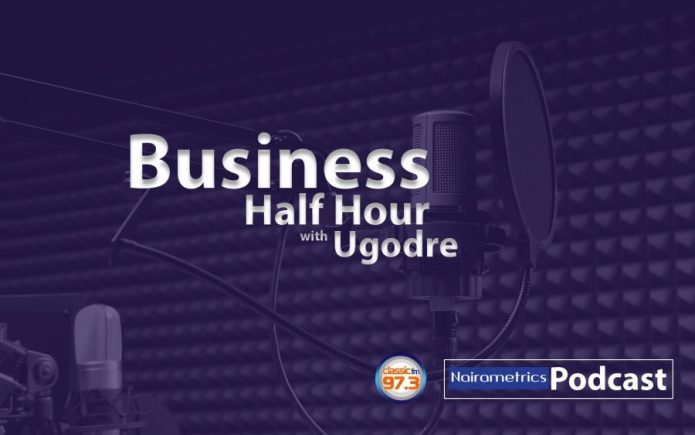Nigerian entrepreneur and founder of Gloopro, Olumide Olusanya, recently shared a Twitter thread explaining ways African founders can successfully run their startups.
Mr Olusanya said he used metrics when setting up his business and believes other founders might find it useful.
7 Efficiency Metrics for Building A Viable and Sustainable Startup for African Founders. These are the metrics I use to measure the quality of the startup I am building—my personal score card—and which I believe other African founders may find useful (Thread)…/1
— D.O (@davidicdoc) July 20, 2018
Going further, he said the metrics has helped him to weigh options and also stay rational throughout the building of his business. He also added that his metrics prevented him from getting distracted by the news and hypes characteristic of the Nigerian/African startups ecosystems.
The best benefit of these metrics in my experience building GLOO has been that they have helped me to stay very rational through the news, hype and market cycles of the Nigerian/African startup ecosystems these past years. They ensure I’m not drinking my own Kool Aid…/2
— D.O (@davidicdoc) July 20, 2018
Here are the four efficiency metrics as listed by Olumide.
Annual Revenue Run Rate (ARR): Funds Raised Ratio
Olumide explained that the AAR shows how one is using the investor’s funds to create net revenue. He said the higher the ratio, the better.
1.) Annual Revenue Run Rate (ARR): Funds Raised Ratio
This shows the efficiency with which you are using investors funds raised to create net revenue. The higher this ratio the better…/4
— D.O (@davidicdoc) July 20, 2018
He further explained it thus: ”if a founder has used half the funds I’ve raised to get to same level of net revenue traction, it’s a measure of being better than I am as a founder or having a better team than I’ve and/or a better product than my team has managed to build, all other things being equal’.’
He added that the terminal consequence of the AAR metric is easily seen during exit, such as when one founder has raised $20m for a startup that exits at $40m and another only raised total of $2m to get to the same outcome.
See tweet below.
The terminal consequence of this metric is easily seen during exit such as when one founder has raised $20m for a startup that exits at $40m and another only raised total of $2m to get to the same outcome../6
— D.O (@davidicdoc) July 20, 2018
Revenue Per Employee
Olumide said that regardless of how having a big staff for a startup is often projected as a good thing, he personally doesn’t think of it as something to be proud of unless the startup is generating enough according to its size.
2.) Revenue Per Employee
As great as having a big number of employees in one’s startup is, I personally don’t think it’s anything to be proud of devoid/dislocated from the revenue one’s startup is generating averagely per employee…/10
— D.O (@davidicdoc) July 20, 2018
He gave an example: ”If you say you have 1,000 employees, the way that number becomes impressive is by comparing your startup’s Revenue per Employee to that of the global benchmarks for your industry.”
If, for example, you say you have 1,000 employees, the way that number becomes impressive is by comparing your startup’s Revenue per Employee to that of the global benchmarks for your industry…/11
— D.O (@davidicdoc) July 20, 2018
CAC Payback Ratio
According to Olusanya, when dealing with CAC, one should keep it simple. Divide total cost—direct & indirect—borne per month in winning new customers by a number of customers won per month.
Next, find Average Gross Profits per User (AGPU) per Month by dividing gross profits generated per month (in the period b4 that used to derive your CAC in 17 above) by the number of existing users (in the period b4 that used to get CAC)…/18
— D.O (@davidicdoc) July 20, 2018
The 40% Rule Multiple
Even though the Rule of 40% typically applies to SAAS companies, Olusanya said he adapted it for himself.
He explained how it thus: ”when your annual revenue growth rate + EBITDA margin must ~=40%. e.g if you’re growing revenue 100% YoY, you shouldn’t do EBITDA loss margin.”
4.) The 40% Rule Multiple
1st, The Rule of 40%, usu applied to SAAS companies, but which I have adapted for myself, says: your annual revenue growth rate + EBITDA margin must ~=40%. e.g if you’re growing revenue 100% YoY, you shouldn’t do EBITDA loss margin > 60%…/21
— D.O (@davidicdoc) July 20, 2018





















